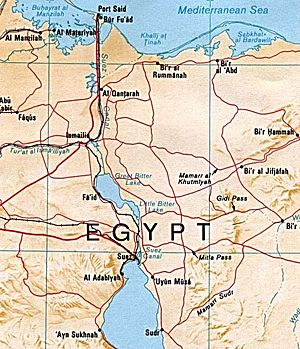War of attrition
| War of Attrition | |||||||
|---|---|---|---|---|---|---|---|
| Part of the Arab-Israeli conflict and the Cold War | |||||||
 The Israeli–Egyptian war of Attrition was centered largely on the Suez Canal. |
|||||||
|
|||||||
| Belligerents | |||||||
|
|
|||||||
| Commanders and leaders | |||||||
|
Levi Eshkol Yigal Allon Zalman Shazar Haim Bar-Lev Mordechai Hod Uzi Narkiss |
|
||||||
| Strength | |||||||
| 275,000 (including reserves) |
Egyptian: 200,000 Soviet: 10,700–15,000 Jordanian: 15,000 PLO: 900-1,000 |
||||||
| Casualties and losses | |||||||
| 694–1,424 soldiers killed 227 civilians killed 2,659 wounded, from this 999 at the Egyptian front 14–30 aircraft |
Egypt: 2,882–10,000 soldiers and civilians killed 6,285 wounded 60–114 aircraft lost PLO: 1,828 killed 2,500 captured Jordan: 40-84 killed 108-250 wounded 4 captured 30 tanks Soviet Union: 58 dead 4–5 aircraft Cuba: 180 dead 250 wounded Syria: Hundreds of casualties |
||||||
Egyptian front:
Jordanian front:
The War of Attrition (Arabic: حرب الاستنزاف Ḥarb al-Istinzāf, Hebrew: מלחמת ההתשה Milhemet haHatashah) involved fighting between Israel and Egypt, Jordan, PLO and their allies from 1967 to 1970.
Following the 1967 Six-Day War, no serious diplomatic efforts tried to resolve the issues at the heart of the Arab–Israeli conflict. In September 1967, the Arab states formulated the "three nos" policy, barring peace, recognition or negotiations with Israel. Egyptian President Gamal Abdel Nasser believed that only military initiative would compel Israel or the international community to facilitate a full Israeli withdrawal from Sinai, and hostilities soon resumed along the Suez Canal.
...
Wikipedia
